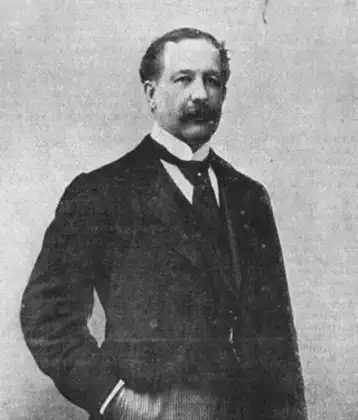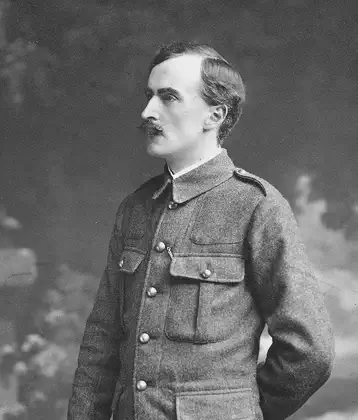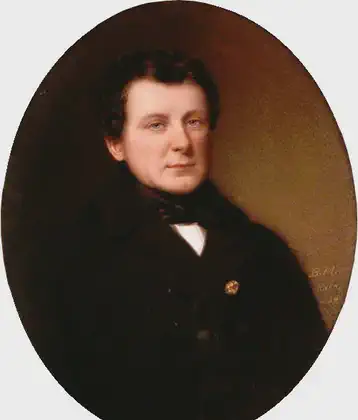On April 22, 1838 in Celtic History
The 703 ton sirius, the 1st ship to cross the atlantic entirely under steam arrives in ny

SS Sirius was a wooden-hulled sidewheel steamship built in 1837 by Robert Menzies & Sons of Leith, Scotland for the London-Cork route operated by the Saint George Steam Packet Company.
The next year, she opened transatlantic steam passenger service when she was chartered for two voyages by the British and American Steam Navigation Company.
By arriving in New York a day ahead of the Great Western, she is usually listed as the first holder of the Blue Riband, although the term was not used until decades later.
Sirius, the largest of the St George company’s steamers, was designed for their prestige Cork-London service, on which she began in August 1837.
Transatlantic Crossing
At the time Sirius was completed, two other companies were building steamships for proposed transatlantic passenger services. British and American’s British Queen fell behind when the firm building her engines went bankrupt. Construction on the rival Great Western continued without interruption and she was ready for her first voyage by April 1838. One of British and American’s directors suggested the company charter Sirius to beat Great Western.
Overloaded with coal and with 45 passengers, Sirius left Cork, Ireland on 4 April and arrived in New York after a voyage of 18 days, 4 hours and 22 minutes (8.03) knots. The normal westbound passage by sailing packet was 40 days. When coal ran low, the crew were alleged by the newspapers to have been forced to burn cabin furniture, spare yards and one mast, inspiring the similar sequence in Jules Verne’s Around the World in Eighty Days.
However, in reality the crew were able to manage and conserve the stocks of coal by burning four barrels of resin instead, and still had 15 tons of coal left on arrival in New York. Great Western departed Avonmouth four days after Sirius and still came within a day of overtaking her.
Because Sirius was clearly too small for the Cork-New York crossing, she completed only one additional round trip before she was returned to her owners and, after a voyage to Saint Petersburg, resumed her regular St George company service, though on the Cork-Glasgow route.[





